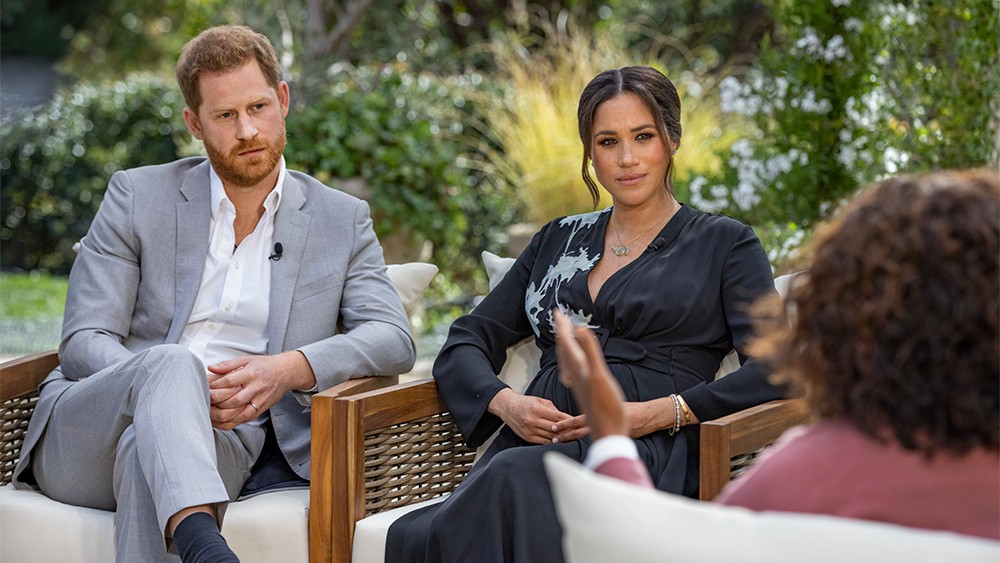There have been daily headlines this week about the fallout from Prince Harry and Meghan Markle’s Oprah Winfrey interview. From a public relations standpoint it was a clear win for them and an epic fail for what has become known as “The Firm.” Harry and Meghan owned their narrative and collaborated with Oprah, one of the world’s best interviewers, to tell their story to a global audience. While there were carefully placed clips to build buzz and anticipation for the interview, most of the newsworthy content came out in the two hour interview instead of the promos.
For the Royal Family, the challenge was different. Although issues raised by Harry and Meghan about racial bias were shocking, they should not have been surprising as they had been voiced earlier as part of their decision to relinquish their titles and officially step away from their Royal duties. Likewise, the focus on mental health, again shocking because Meghan shared her suicidal thoughts and being rebuffed when she sought help, should not have been surprising because the challenge of being a royal and Harry’s prior willingness to share his own mental health issues had been raised before. Not to mention that we’ve seen this play out before with the late Princess Diana, Harry’s mother. But family dynamics being what they are, there was either some denial on the part of the Royal Family or poor homework on the part of the professionals whose job it was to craft a response, probably both. Instead, they chose a tone deaf path that rarely works, demonizing the accuser, a particularly egregious approach to take towards an American woman of color who was already being treated like an “other.” Yes, the British tabloids played a role but much of what happened would have taken place regardless given how The Firm chooses to spin and its attempt to control the narrative.
For most organizations and individuals, differences do not play out on a global stage, but the challenges are often the same, particularly for the institution or individual under attack. Best practices include the following:
- It may be personal, but it’s important to step back and try to see all sides of an issue. Different perceptions of the same events are often responsible for a breakdown in communication.
- Understand both sides of a story. Even if there are clear disagreements, it makes it easier to anticipate the issues that will be raised so that an appropriate response can be crafted.
- Do the homework to reduce the possibility of surprise.
- Which audience needs to be addressed and what is the best platform or outlet for reaching the target.
- What is the desired outcome? What are you trying to achieve?
- Can it be resolved quietly or does it need to be handled publicly?
- Engage advisors who don’t have anything personal at stake so that they can provide unfiltered advice. Listen to them.
There is a lot we may never know about the breakdown in communication between Harry, Meghan, the Royal Family and The Firm, but with the exception of the first point, it’s pretty clear the couple followed most of these rules, while the family and The Firm did not. If you look at this as Harry and Meghan taking control of their personal brand to create a professional path forward, their strategy makes sense. From the standpoint of the House of Windsor, their focus was the protection of an established brand, aninstitution that often struggles to keep up with the changing times and maintain its relevance. One is forward thinking while the other is not, and the latter is a position that is always highly problematic.
